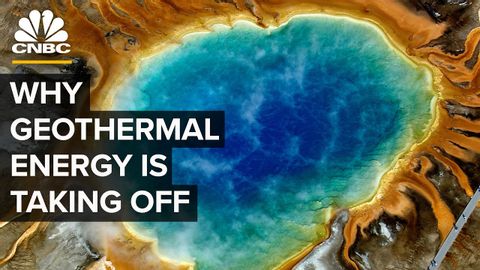这种被忽视的能源可以提供50%的电力(This Overlooked Energy Source Could Supply 50% Of Electricity)
joey joey 發佈於 2021 年 05 月 09 日  沒有此條件下的單字
沒有此條件下的單字- adv.按照字面上地;(用于强调)确实地,真正地;幾乎
US /ɛnˈtaɪr/
・
UK /ɪn'taɪə(r)/
- adj.全體的 ; 完全的;未分割的;全緣的 (植物學)
US /əˈprəʊtʃ/
・
UK /ə'prəʊtʃ/
- v.t./i.逼近;找...商量
- n. (c./u.)通道;入口;接洽;處理方式;方法
US /ˈɑbviəs/
・
UK /ˈɒbviəs/
- adj.明顯的;顯而易見的 ;顯而易見的;明目張膽的

